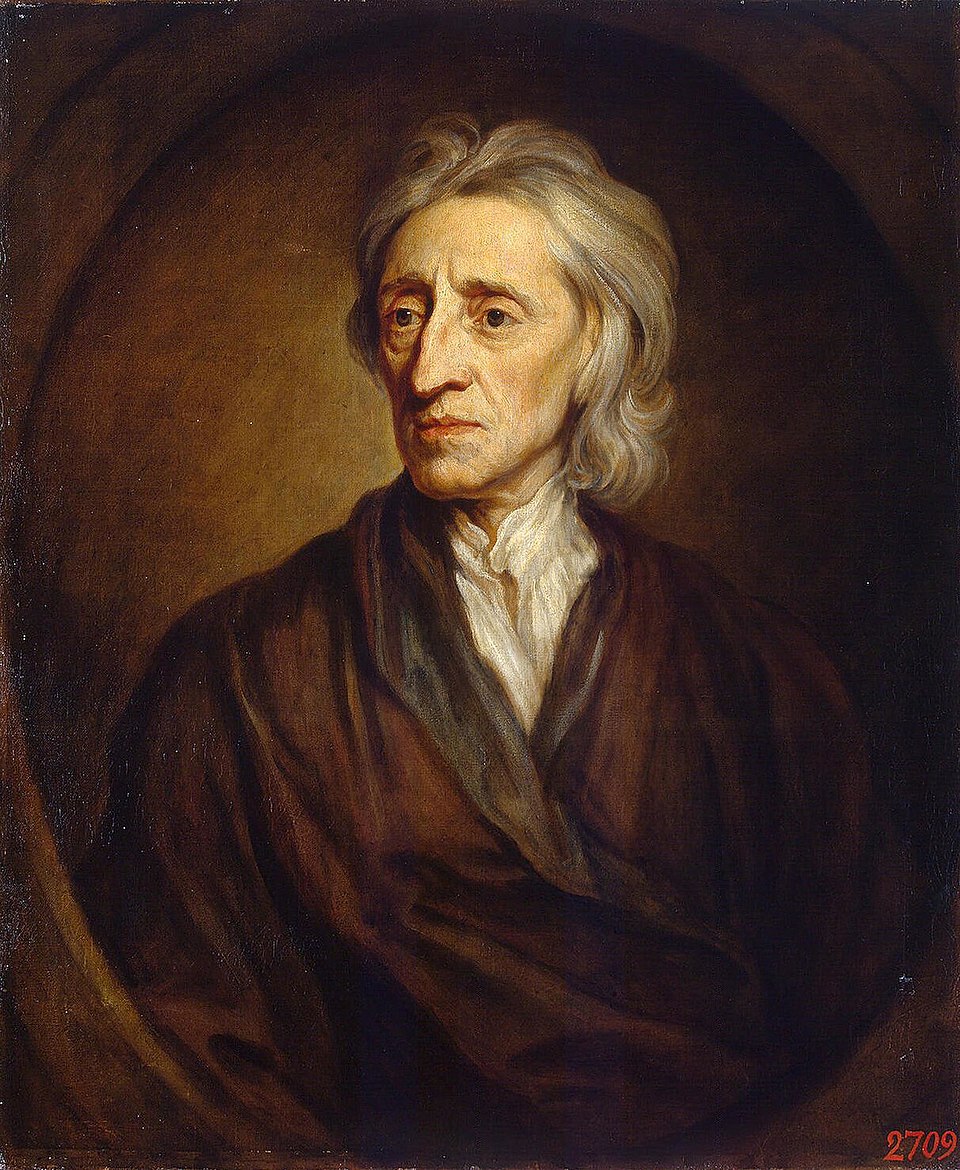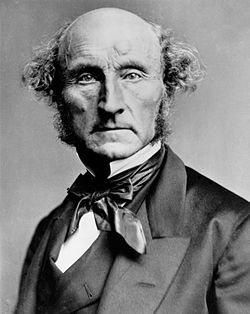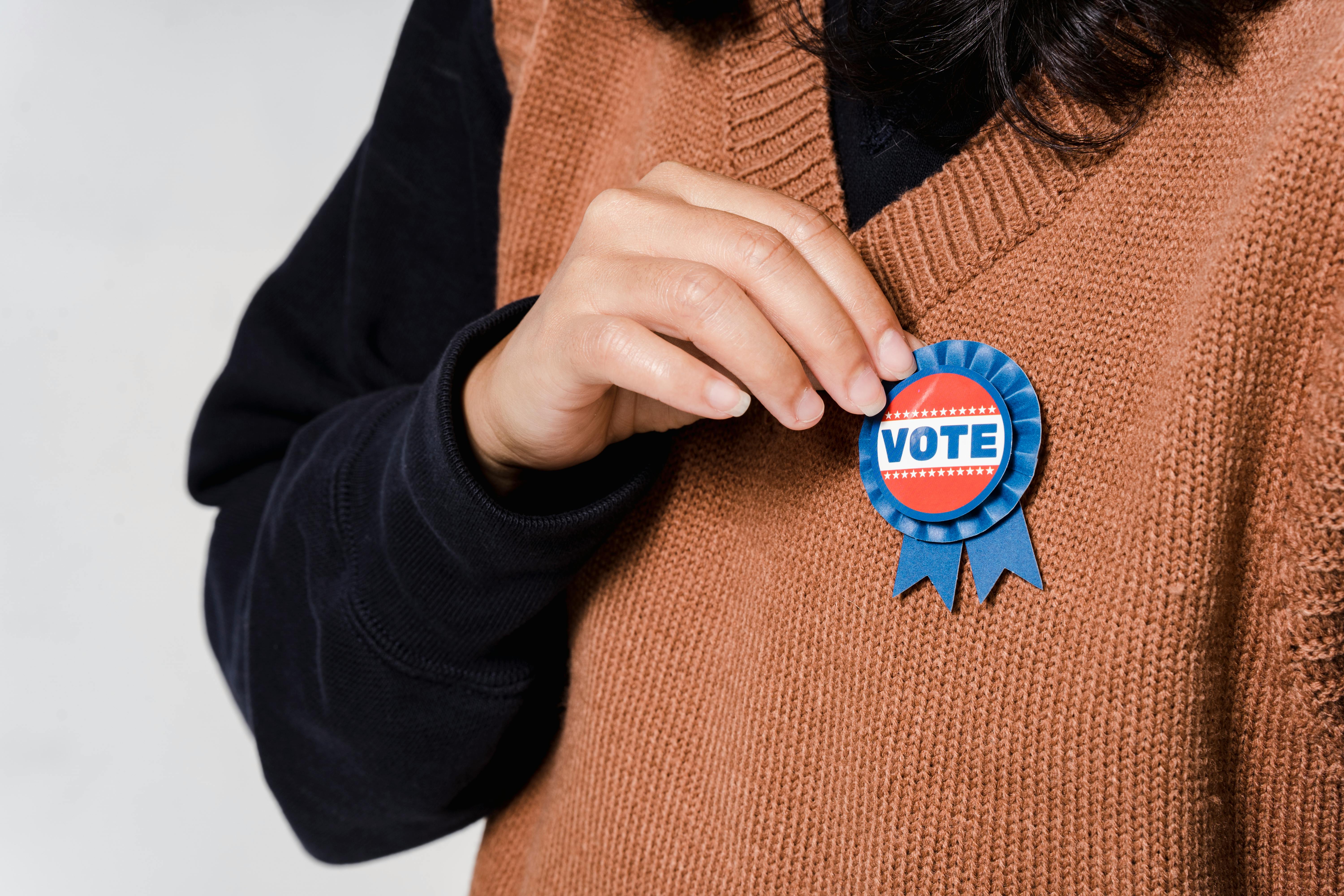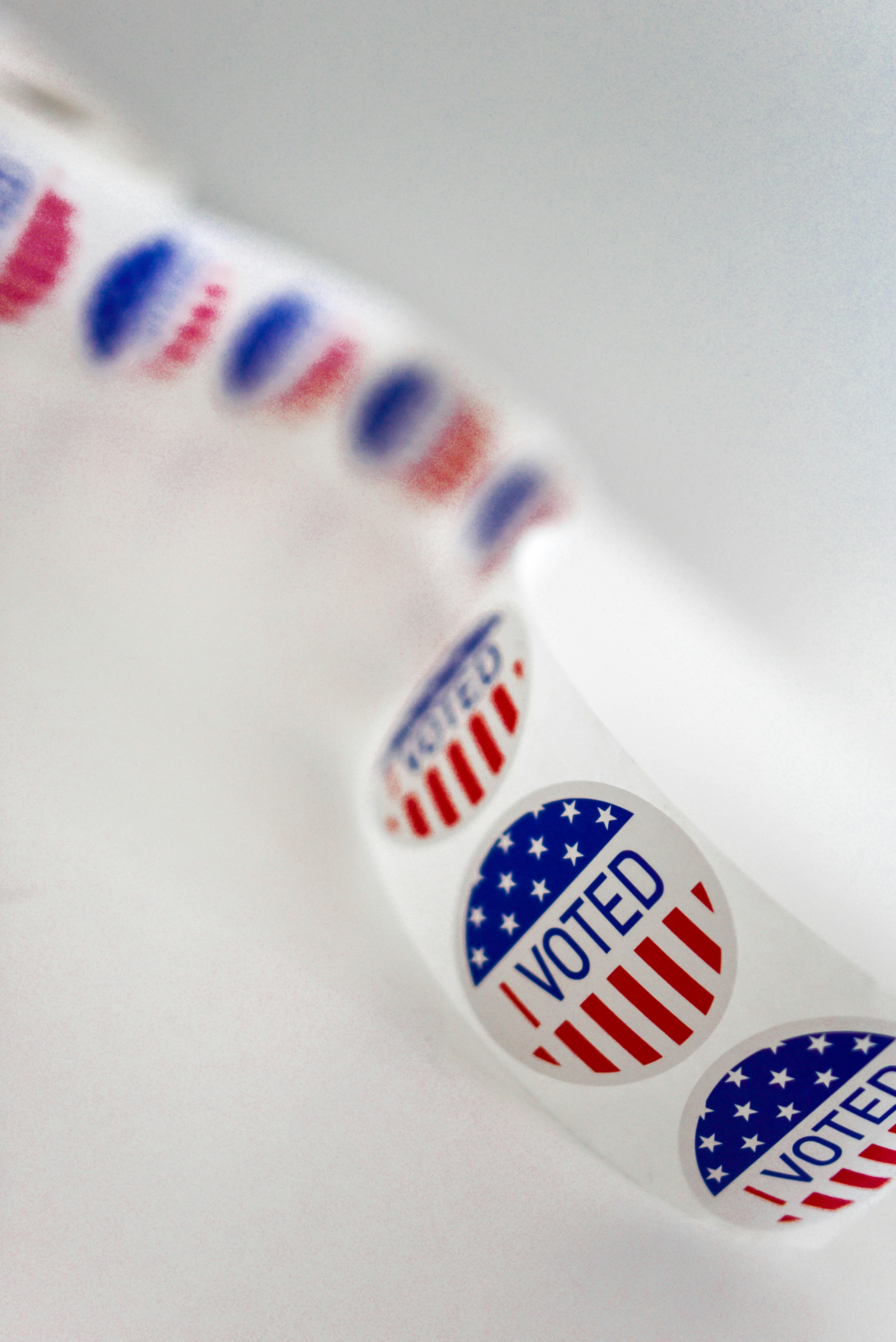What Is Liberalism?
It's a word you hear everywhere. But it's really a story about one big idea: freedom.
Liberalism in a Nutshell
-
Individual Rights First
Your rights to life, liberty, and property are the foundation of society.
-
Government by Consent
A government can only rule if the people it governs agree to it (that's democracy!).
-
Freedom of Thought
Everyone should be free to think, speak, and believe what they choose.
Meet the Pioneers

John Locke
The Father of Liberalism
Natural Rights
"All mankind... being all equal and independent, no one ought to harm another in his life, health, liberty, or possessions."

John Stuart Mill
The Evolutionist
Freedom from Harm
"The only purpose for which power can be rightfully exercised over any member of a civilized community... is to prevent harm to others."
The Great Divide: Two Kinds of Liberalism
Classical Liberalism
-
Free Markets: Let business compete with minimal government meddling. This focus on minimal government intervention is a core principle of modern libertarianism as well.
-
Limited Government: Its only job is to protect your rights. Often called the "night-watchman state."
-
Low Taxes: Keep your own money.
Modern (Social) Liberalism
-
Social Safety Net: Government should help people who are poor, sick, or unemployed. This differs from the principles of socialism, which often advocate for collective ownership of production rather than just a safety net.
-
Regulated Economy: Rules are needed to protect consumers, workers, and the environment.
-
Equality of Opportunity: Everyone deserves a fair shot at success.
So, where do YOU fit in?
You've seen the ideas. Now see how your own views measure up on the political spectrum.
Take the Free TestA Deeper Dive
What Liberalism Really Means
Liberalism is about freedom and fairness. It’s one of the big ideas that has shaped the modern world. But depending on who you ask, the word “liberal” can mean different things, especially when compared to its main ideological counterpart, conservatism. To make sense of it, let’s break it down. To fully understand its place in the political landscape, it's also helpful to see a direct comparison of conservatism vs. liberalism.
At its heart, liberalism is a political philosophy that puts the individual first. It says people should be free to think, speak, and choose their path in life without unfair limits from others—including the government. But liberalism has changed over time. It grew out of ideas from hundreds of years ago, and it’s still evolving today.

Where It All Began: Classical Liberalism
John Locke and the Birth of Liberal Thought
The roots of liberalism go back to the 1600s, during a time when kings ruled by declaring “divine right.” One of the first thinkers to challenge this was John Locke. He's often called the “father of liberalism.”
Locke believed three big things:
- People are born with natural rights—life, liberty, and property.
- Government should only exist with the consent of the governed—meaning, the people must agree to it.
- The state’s job is to protect your rights, not to rule over you unfairly.
These ideas form the base of what we call classical liberalism. It’s all about keeping government power small so individuals can live freely.
Free Markets and Minimal Government
Classical liberals believed the economy should also be free. The idea was: if people are free to trade and work, society will naturally grow richer and better. This became known as economic liberalism, and it inspired many ideas behind capitalism. But classical liberalism wasn’t perfect. It mostly focused on freedom from government—not on helping everyone have an equal shot in life. That led to the next stage.

From Classical to Modern: The Rise of Social Liberalism
John Stuart Mill: Liberalism with a Human Face
In the 1800s, another key figure appeared: John Stuart Mill. He expanded on Locke’s ideas and looked deeper into what freedom really means. Mill believed that society should allow people to grow and express themselves freely, but that true liberty requires more than the absence of rules—it needs fairness, too. Mill supported women’s rights, education, and free speech. In his view, if someone is held back by poverty, discrimination, or a lack of education, they’re not truly free. This thinking helped shift liberalism toward what we now call social liberalism (or modern liberalism in the U.S.).
What Is Social (or Modern) Liberalism?
This version of liberalism still values freedom and individual rights, but it also says that governments should help people live better lives. That includes things like:
- Public education and healthcare
- Worker protections and civil rights laws
- Taxes and rules to keep the economy fair
In short, modern liberalism says that sometimes a strong government is needed to protect freedom—especially for those who’ve been left behind. Authors like Alan Wolfe argue that this shift was essential. In his book The Future of Liberalism, Wolfe writes that the goal isn’t just liberty, but a society where everyone gets a fair chance.
Debating Liberalism Today
Liberalism is not one-size-fits-all. Some critics argue that liberalism ignores deeper inequalities or can be used to justify unfair power systems. In Liberalism: A Counter-History, author Domenico Losurdo suggests that liberal ideals often coexisted with slavery and empire. On the flip side, others say liberalism delivers on its promises when practiced fully and fairly. Economist and historian Deirdre Nansen McCloskey argues in Why Liberalism Works that liberal values helped billions escape poverty and authoritarian rule, such as those seen under communism.
Key Ideas That Still Matter
Let’s recap the big ideas that continue to shape liberal thought:
- Individual Rights: People have the right to live how they choose, as long as they don’t harm others. This includes freedom of speech, religion, and movement.
- Liberty: Freedom is a core value. Liberals debate how to make sure everyone gets it, but they agree it matters.
- Equality: Liberalism supports legal equality—every person should have the same rights under the law. Modern liberals also work toward social and economic equality.
- Consent of the Governed: The government only has legitimacy if people agree to be ruled by it—through voting and representation.
- Democracy and Rule of Law: Liberal societies are usually democracies. Laws should be clear, fair, and apply to everyone equally.

So, What Is Liberalism?
Liberalism is the belief that people should be free to live their lives—and that society should be fair enough to give everyone a real chance. It’s about finding the right balance between freedom and support, rights and responsibility. From ancient debates about kings and liberty to today’s arguments about healthcare and speech, liberalism has stayed at the center of modern politics. As the world keeps changing, so does liberalism. And understanding it is the first step toward shaping the future we all share.